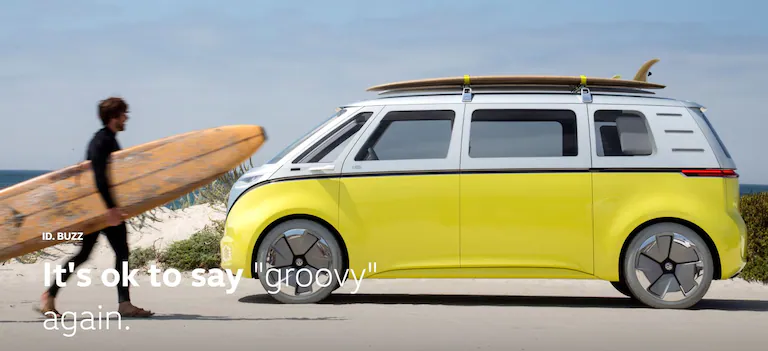
EV FAQs

EV FAQs and Facts of the Week from Chico Volkswagen!
Is an EV more expensive to own and operate than a gas car?
While the upfront purchase cost of an EV may be higher, the savings come from lower ongoing expenses. EVs have lower fuel costs as electricity is generally cheaper than gasoline. EVs require less maintenance since they have fewer moving parts and do not need oil changes. If you calculate Federal and State incentives, these reduce the initial purchase price of an EV. Over time, each of these factors contribute to significant cost savings for EV owners, making them a more cost-effective and environmentally friendly choice.
Are electric vehicles suitable for long-distance travel or road trips?
With advancements in battery technology, many modern EVs offer extended driving ranges that can cover significant distances with minimal stops for charging. The growing network of fast-charging stations along major highways and popular routes further supports long-distance travel with EVs. While some additional planning may be required to locate charging stations, the convenience and environmental benefits of electric vehicles make them a practical and viable option for road trips and long journeys.
How many charging stations are there in California?
The average distance between electric vehicle charges is 70 miles in California. This distance helps address range anxiety, as drivers can rely on a relatively close network of charging stations, easing their concerns about running out of power during their journeys. The strategic placement of chargers also promotes accessibility and convenience, encouraging more individuals to adopt electric vehicles as a practical mode of transportation.
This incentive encourages more individuals to adopt electric vehicles, as it not only reduces traffic congestion but also provides a time-saving advantage for EV drivers during their daily commutes. By granting single-driver access to carpool lanes, the state promotes eco-friendly transportation choices, contributing to its commitment to reducing greenhouse gas emissions and fostering a sustainable future for all Californians.
30 minutes is all you need to get an EV battery to 80%.
This remarkable speed in recharging significantly reduces downtime for EV owners, making long-distance travel more practical and convenient. With rapid charge points strategically placed in key locations, such as along highways and popular routes, EV drivers can confidently embark on extended journeys without worrying about running out of battery power.
If you drive less than 75 miles per day, like 95% of Americans, overnight charging would provide you with enough power to last all day.
The typical daily driving range of most modern EVs comfortably covers the needs of the majority of drivers during their daily commutes and errands. By charging their EVs overnight at home, owners can start each day with a full battery, ensuring they have ample power to last throughout their daily activities without the need for additional charging.
You can reduce your carbon footprint by up to 50% by switching to an electric vehicle.
Unlike conventional gasoline-powered cars, EVs produce zero tailpipe emissions during operation, making them a cleaner and more sustainable option for transportation. By using electricity as their power source, EVs contribute to lowering greenhouse gas emissions and air pollution, helping combat climate change and improve air quality.
How long do EV batteries last?
EV batteries can last 10 to 20 years, matching the vehicle's lifespan. This durability offers cost-effectiveness and sustainability. Advancements in technology contribute to longer-lasting batteries, making EVs a reliable and eco-friendly choice.
Renewable energy sources, such as solar, wind, and hydroelectric power, provide clean and sustainable options for charging EVs. Installing solar panels on your property allows you to generate electricity from the sun, reducing your carbon footprint. Similarly, when charging from the grid, opting for a utility company that sources power from renewable energy contributes to a greener transportation choice and supports the transition to a more sustainable energy future.
Are there any electric vans, trucks, or SUVs currently available in the market?
Many automakers have expanded their electric vehicle offerings beyond traditional cars to include larger vehicles suitable for various purposes. Companies have introduced electric trucks and SUVs with impressive driving ranges and towing capabilities. Electric vans from manufacturers cater to commercial and personal use alike. We can expect even more diverse and capable electric vans, trucks, and SUVs to enter the market in the near future.

